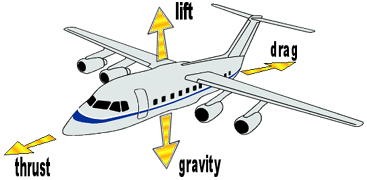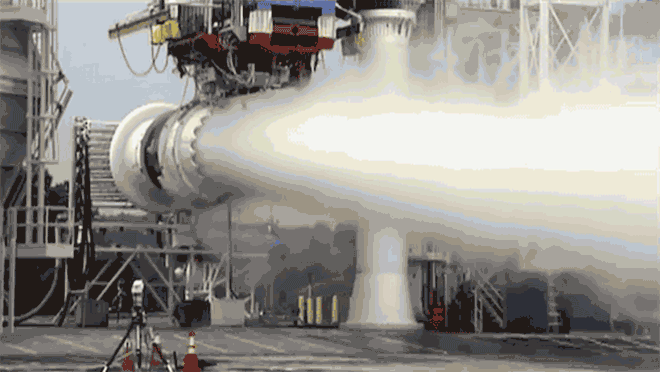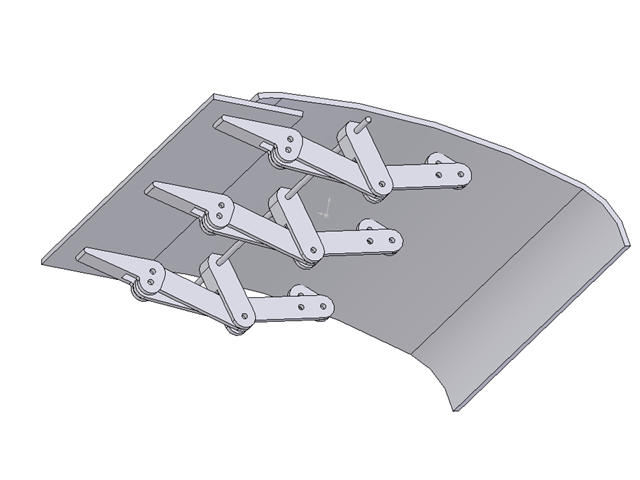How Can an Airplane Fly? - Part 1
The Force of Air and Flaps
Written by Benjamin Chee, last edited on 9/16/2022
In a nutshell: a wing produces lift because there is higher pressure below the wing than lower pressure, and since air particles want to go from high to low, there is a net upwards force on the wing, creating lift, allowing an airplane to fly.
The long answer:
The wing is shaped so that it accelerates air on top of the wing while causing some resistance below the wing. With more resistance, there are more air particles below the wing than above the wing, creating a difference in air pressure with higher pressure underneath the wing compared to on top of the wing. Particles wanting to move from the higher pressure to lower pressure creates a net upwards force on the wing, generating lift, and allowing an airplane to fly.


In order to create the amount of air pressure difference needed for the aircraft to take off, an airplane needs to go at a certain speed before lifting off. That is why airplanes use runways to gain the speed needed to be able to fly. With a larger aircraft, there needs to be a larger pressure difference, so therefore the aircraft needs a longer runway to build up the necessary forces to take off compared to smaller aircraft.



To increase the aircraft’s speed, engines are used to take in air from in front of the aircraft and, when combined with jet fuel in the combustion chamber, is shot out behind the engine. The engine exerts a force on the air, and by Newton’s Third Law, the air exerts the same force on the engines which are attached to the aircraft, allowing the plane to accelerate. The more thrust the engine produces–the more air the engine pushes out behind it–the larger the acceleration of the aircraft and the faster it gains speed.
In reality, though, no runway is long enough for a large aircraft like the 747 to take off in a normal configuration, even with the engines running at full power. To allow the aircraft to fly at lower speeds, pilots deploy flaps to cause more drag below the wing compared to above the wing, increasing the pressure difference without increasing speed, increasing lift at a lower speed, and allowing an aircraft to take off slower than its normal flying speed.
With extended flaps, there is not just more surface area for the air particles to push against but also traps more air particles underneath the wing than on top of the wing, a design that exacerbates the air pressure difference, dramatically increasing the upwards force produced by air and generating lift.

References:
https://www.grc.nasa.gov/www/k-12/UEET/StudentSite/dynamicsofflight.html#:~:text=Airplane%20wings%20are%20shaped%20to,wing%20up%20into%20the%20air.
https://www.nasa.gov/audience/forstudents/k-4/stories/ames-how-do-planes-fly-text.html
https://www.faa.gov/air_traffic/publications/atpubs/aim_html/chap7_section_4.html#:~:text=Wake%20turbulence%20is%20a%20function,and%20direction%20of%20the%20vortices.
https://www.youtube.com/watch?v=67HUcVOAY_0
https://www.youtube.com/watch?v=EmftxGv-yLI
Image Sources:
https://www.fool.com/investing/2020/07/02/report-boeing-to-wind-down-747-production.aspx
https://www.flyingmag.com/ups-receives-delivery-of-its-last-new-boeing-747/
https://www.bbc.com/future/article/20180927-the-boeing-747-the-plane-that-shrank-the-world
https://www.grc.nasa.gov/www/k-12/UEET/StudentSite/dynamicsofflight.html#:~:text=Airplane%20wings%20are%20shaped%20to,wing%20up%20into%20the%20air.
http://www.aviation-history.com/theory/airfoil.htm
https://blog.klm.com/7-remarkable-facts-about-jet-engines/
https://www.lsptechnologies.com/resources/how-do-aircraft-engines-work/
https://www.boldmethod.com/learn-to-fly/aircraft-systems/how-the-four-types-of-aircraft-flaps-work/
https://aviation.stackexchange.com/questions/45392/why-were-the-747sps-trailing-edge-flaps-so-much-different-than-those-of-the-10
https://ultralightdesign.wordpress.com/2017/10/23/all-in-a-flap/
https://www.grc.nasa.gov/www/k-12/airplane/flap.html
https://thepointsguy.com/news/how-airplane-wings-work/